1680-1686
Atlas
Atlas Maior
Exhibition Search
Exhibition_Search_Page_Intro
MbrlExhibitionSearch
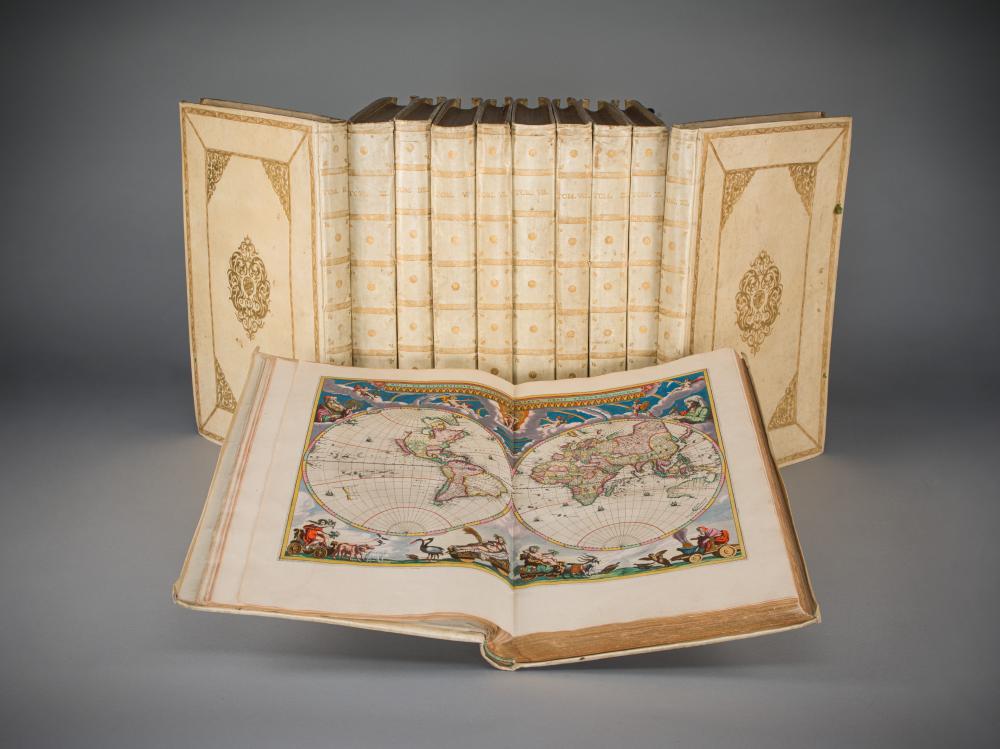
Atlas Maior
1680-1686
Atlas
The Atlas Maior is the most lavish and largest geographic work ever produced by Joannes Blaue during the Golden Age of Dutch Cartography. Joannes’s father, Willem Janszoon Blaeu was the head of the Blaeu cartographic dynasty and the official cartographer of the Dutch East India Company. His firm competed with other map and globemakers to dominate the atlas market. Since the family had close ties with maritime navigators and seafarers, the firm was the first to compile a list and description of all the countries, towns, oceans and stars known. The rivalry pushed Blaeu even further to take his firm to new heights. It led Joannes to create the most comprehensive and expensive atlas of the 17th century. This first edition of the Atlas Maior is written in Latin and consists of 11 volumes with approximately 600 maps. The maps are also vibrantly coloured by hand with coats of arms and mythological figures.
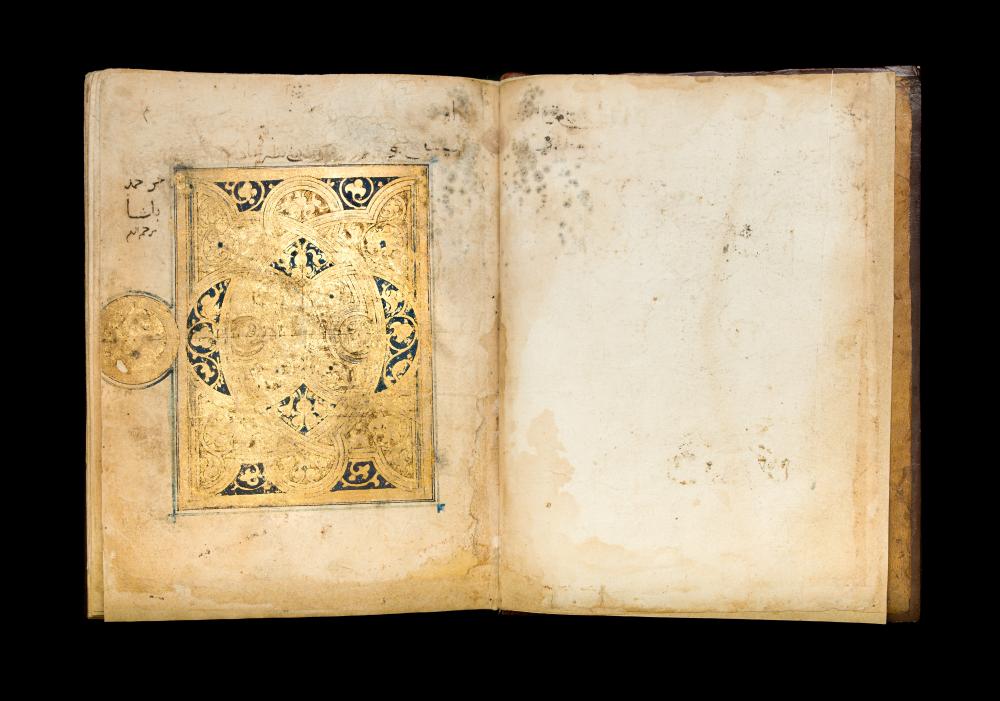
Sūrah of the Qur’an, likely Abbasid.
7th/13th century
Quran
Sūrah Al-’Anbiyā’. Muhaqqaq script framed by cloud bands on vegetal scrollwork ground. Illuminated gilded frames with blue rulings. Gold rosette verse markers. Original binding.
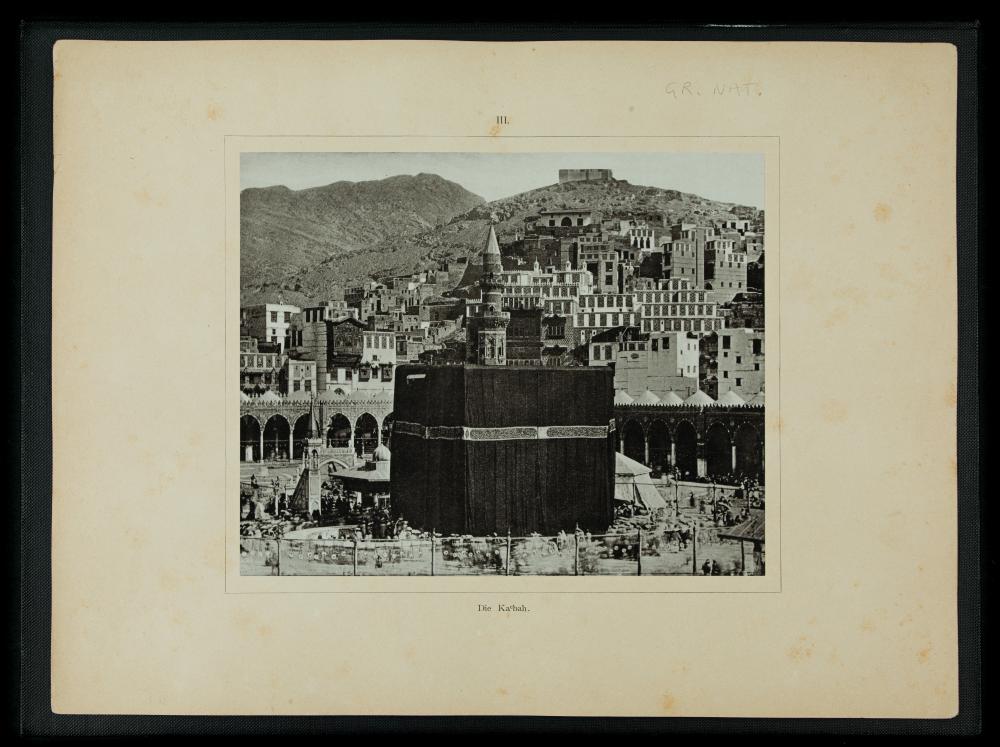
Mekka
1888-1889
Travel
Hurgronje was a journalist ahead of his time who used various media, such as photographs and sound recordings, to document Mekka’s sights. His passion for Islam made him the first European photographer to have visited the Holy City to produce primary visual accounts during the late 19th century.
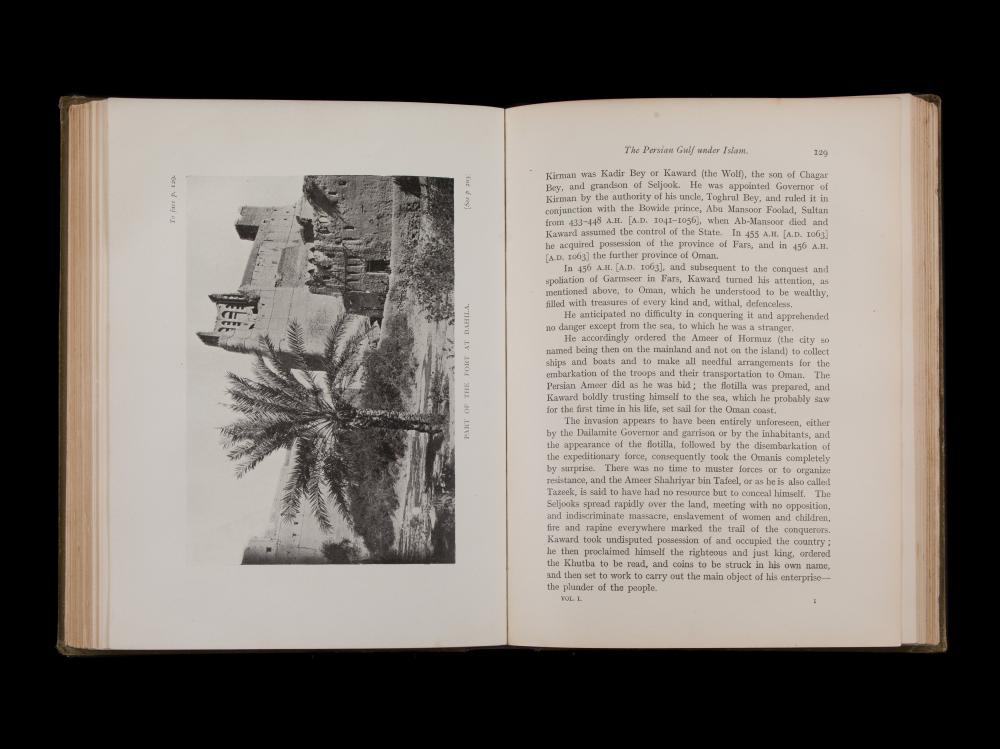
The Countries and Tribes of the Persian Gulf
1920
Travel
Miles paints a vivid picture of life in the Gulf during his time serving as a British official. He discusses the daily lives of the inhabitants from cities such as Dubai and Abu Dhabi. Miles praises them for their masterful skills in trade and commerce.
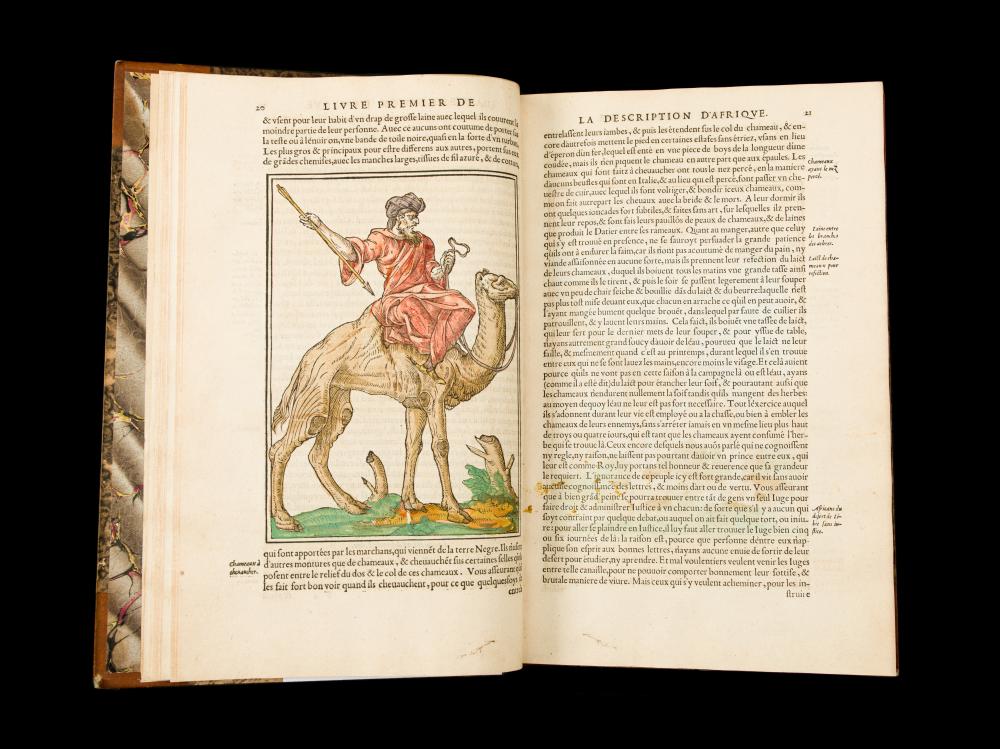
A Description of Africa
1556
Travel
Africanus was a diplomat, historian and adventurer of Berber origin that embodied the cultural spirit of both the East and the West. Although he became a slave in Italy, the Medicis, a noble Florentine family, were aware of his talents and became his patrons. He wrote in great detail about remote African kingdoms which shaped Europe’s perspective of the continent at the time.
